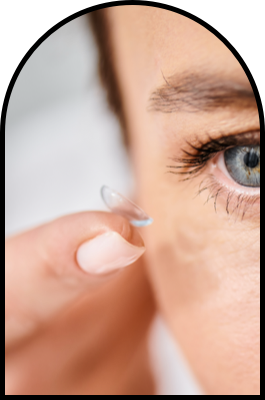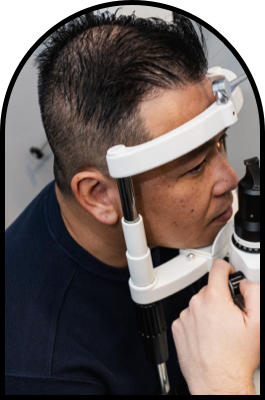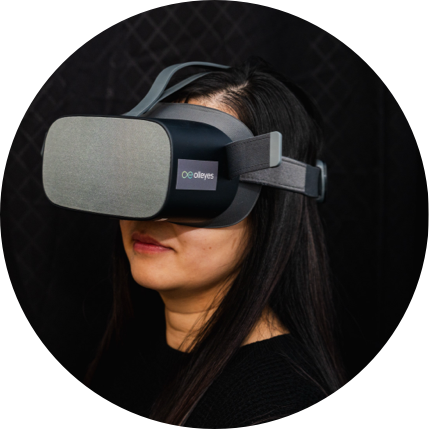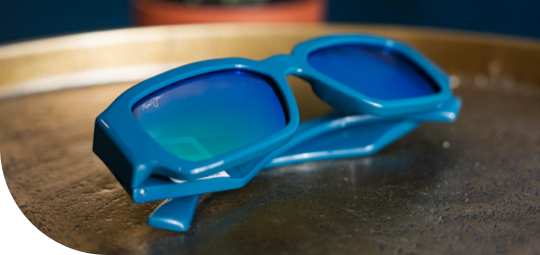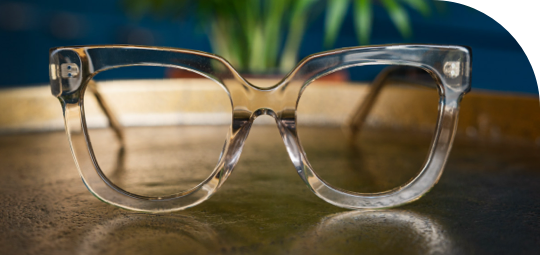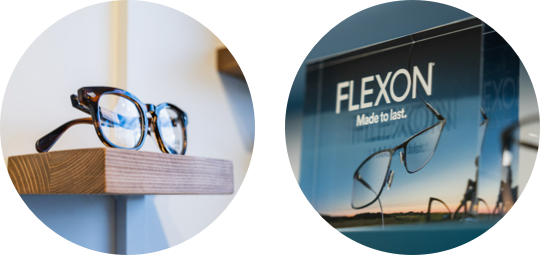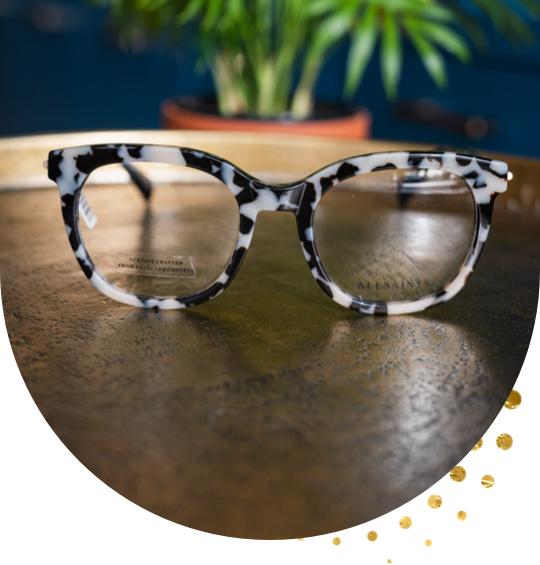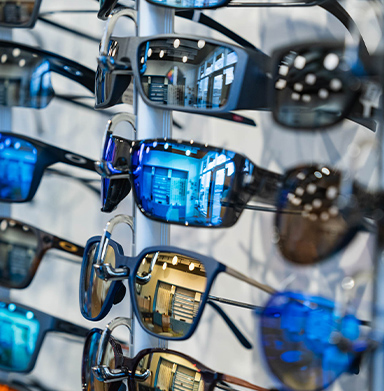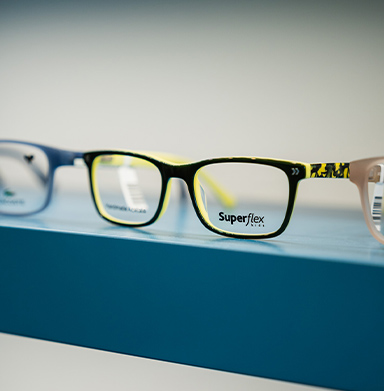Receiving an eyeglass prescription can be both a relief and a new challenge. In some cases, prescription glasses can restore clear vision, while others may provide an unnoticeable change.
If you have just received your first prescription, you may wonder—do I need glasses with this prescription? Ultimately, the decision to start wearing glasses is not solely based on a prescription value but also on your unique vision and lifestyle needs.
What Your Prescription Means
Routine eye exams are essential for monitoring changes in your vision or eye health. One key part of an eye exam is a vision test, in which your eye doctor will evaluate your vision to determine if you need corrective lenses like glasses or contact lenses.
After a vision test, you may be provided with a prescription to correct a refractive error. Refractive errors occur when your eye cannot properly refract light, leading to blurry vision. Common refractive errors include:
- Nearsightedness (myopia): Nearsightedness makes it difficult to see distant objects clearly (such as road signs, TV screens, or whiteboards in a classroom). It most commonly develops during childhood.
- Farsightedness (hyperopia): Farsightedness causes nearby objects to appear blurry while distant objects remain clear. This refractive error may be hereditary or caused by environmental factors.
- Astigmatism: Astigmatism causes blurry or distorted vision at all distances.
- Presbyopia: Presbyopia is a normal part of aging. As you grow older, the lens in your eye becomes less flexible, making it harder to focus on close-up objects. If you are experiencing difficulty reading small print or focusing on near tasks, you may benefit from progressive lenses or reading glasses.
How to Read Your Prescription
Your eyeglass prescription contains numbers indicating the specific correction you need to achieve clear vision. Understanding your prescription can seem complicated at first, but breaking it down piece by piece can make it much more straightforward. The main components of a typical eyeglass prescription include:
- OD & OS: These are abbreviated for Latin terms. “OD” stands for “oculus dexter,” which means “right eye,” and “OS” stands for “oculus sinister,” which means “left eye.” If your prescription includes these terms, there’s a separate prescription for each eye.
- Sphere (SPH): The sphere value indicates the main part of your prescription, which is the lens power needed to correct nearsightedness (negative values), farsightedness (positive values), or no refractive error (0.00 or plano).
- Cylinder (CYL): This value indicates the additional lens power needed to correct astigmatism. This value can be either positive or negative and is always paired with an axis value.
- Axis: The axis value (expressed in degrees) works with the cylinder value and tells your optician (the eye care professional responsible for making your glasses) where to position the cylinder power on the lens to correct your astigmatism.
- Add: This value is present in multifocal prescriptions for individuals with presbyopia. The “add” value indicates the additional magnifying power required for reading or close work.
- Prism: Sometimes, a prism might be prescribed to correct eye alignment issues or certain visual conditions.
- Pupillary distance (PD): This measurement represents the distance between the centers of your pupils, usually expressed in millimetres. This measurement is essential for accurately positioning your eyeglass frames within your lenses and should be completed by an eye care professional.
Your prescription lens power is measured in dioptres. Positive dioptres indicate farsightedness, negative dioptres indicate nearsightedness, and both positive and negative values indicate astigmatism. It is important to note that the further away from 0 your prescription is (regardless whether it is positive or negative), the stronger it is.
What Prescriptions Need Glasses?
Now that we have taken some time to explain how your prescription works, it is time to get back to the question at hand: Do you really need glasses with this prescription?
Your eye doctor may prescribe values as low as -/+0.50 dioptres. So you may ask “-0.50 eye prescription? How bad is that?” A prescription this low may only make a minimal impact on your overall vision; however, you may still find it beneficial to wear glasses for reading, using a computer, or driving.
If your eye doctor has provided you with a prescription, it likely means they recommend that you wear glasses. However, you can always discuss your specific vision care needs with them.
Determining whether or not you really need glasses is not exclusively about the numerical value of your prescription but more about how glasses can benefit your vision and overall well-being. If you are particularly averse to wearing glasses, you can explore alternative vision correction methods such as contact lenses or corrective eye surgery.
What If I Do Not Wear My Glasses?

Many people believe wearing glasses will make their vision worse when the opposite is more likely. Not wearing glasses or wearing glasses that are the wrong prescription can make your eyes work overtime to see clearly, leading to eye strain and uncomfortable symptoms like:
- Headaches or migraines
- Eye fatigue
- Blurred vision
- Potentially worsening vision
To prevent eye strain, wear your glasses as prescribed and attend routine eye exams to ensure your prescription is up-to-date.
Find Glasses Near You
At Chestermere Optometry, we carry a wide range of eyewear options to meet your unique needs and budget. In addition to offering a large selection of fashionable and affordable designer frames, we also work with industry-leading lens developers to ensure your clearest vision possible. Contact our office to book your appointment.




